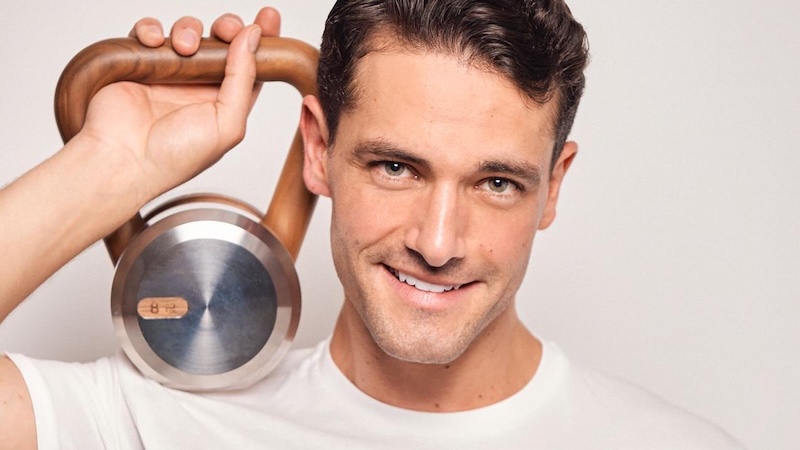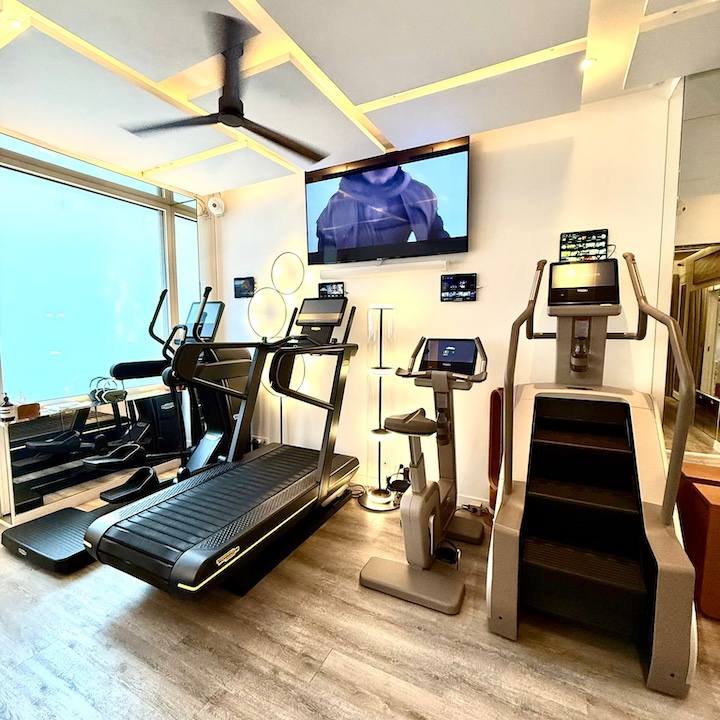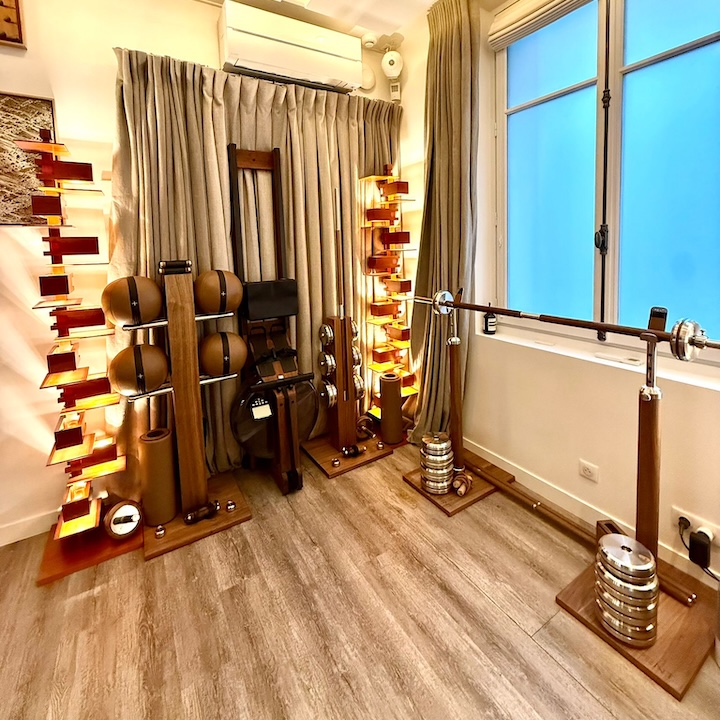Beyond the Workout: What Really Shapes Results
1. Training is Only the Tip of the Iceberg
When people think of results in fitness, their minds often jump straight to the workout: the sweat, the burn, the weights lifted, the miles run. But the reality is more nuanced. The session itself is just one part of a much bigger system. If you’re serious about improving your performance, body composition, and energy levels — you’ll want to look beyond what happens between warm-up and cooldown.
Progress is built on a foundation of preparation and recovery. That includes warming up properly, cooling down thoughtfully, caring for your muscles and joints, feeding your body well, and creating rituals that support the nervous system. In other words: training doesn’t end when you drop the dumbbells.

2. The Warm-Up: Priming the Body, Calming the Mind
A proper warm-up does more than raise your heart rate. It’s a moment of transition. A shift from daily noise into full-body awareness. Scientifically, it increases blood flow, improves oxygen delivery, and activates neuromuscular connections — making movement more efficient and reducing injury risk.
But warm-ups also prepare you mentally. They create a buffer between life’s chaos and the structured intensity of training. Dynamic stretching, joint mobility, or even light cardio primes the body while anchoring your attention. You become more present. More intentional. More effective.

According to a review published in the Journal of Strength and Conditioning Research, an active warm-up significantly improves muscular performance and power output — especially in resistance training and sprint-based sports (McCrary et al., 2015).
3. Stretching & Mobility: The Silent Force Behind Progress
Stretching is often overlooked — or rushed. But it plays a key role in recovery, posture, and long-term mobility. After a session, static stretching helps bring your nervous system back down, promotes flexibility, and can ease muscle tension. In the long term, it helps you build a body that doesn’t just perform well but also feels well.
Post-workout mobility also promotes circulation and nutrient delivery to muscle tissues, accelerating recovery. It’s a moment to listen to your body — and to thank it.
A 2019 meta-analysis in Frontiers in Physiology found that stretching, particularly when combined with strength training, improved range of motion without compromising strength. That’s essential for injury prevention — and for graceful aging.

4. Recovery Rituals: Heat, Cold, and Hydration
In high-level coaching, recovery is no longer a luxury — it’s a discipline. It starts with hydration (you lose more than you think), but it goes further. Heat and cold exposure (showers, cryotherapy, saunas) are increasingly used to boost muscle recovery, reduce inflammation, and even balance hormones.
Even a simple warm shower after training can act as a cue for the body to shift from sympathetic (“fight or flight”) mode into parasympathetic (“rest and digest”) mode. It soothes the nervous system, lowers cortisol levels, and reinforces the feeling of closure.
Don’t underestimate the power of rituals. The way you end a session shapes the way your brain remembers it. If you want your training to feel rewarding — recovery must feel good too.

5. Fueling Smart: What Happens After Matters Most
Nutrition is another critical pillar. What you eat within the hours following a session determines how well your body rebuilds, restores glycogen, and adapts to the effort. It’s not just about protein — although that’s vital — but also about timing, quality, and consistency.
You don't need to overcomplicate it: real food, rich in protein and healthy carbohydrates, is often more than enough. But skipping this step — or relying on processed snacks — undermines the whole effort.
One study in the Journal of the International Society of Sports Nutrition highlighted the importance of nutrient timing and found that consuming protein within a few hours post-exercise can significantly enhance muscle protein synthesis and recovery (Jäger et al., 2017).
Read the study here
6. The Role of a Coach: Structure, Recovery, and Support
At Louis Fabre Coaching, this holistic approach is embedded in every session. As a private coach, Louis doesn’t just guide the effort — he curates the entire experience. That includes personalized warm-ups based on your mobility, cooldowns that make sense for your nervous system, reminders about hydration, and even guidance on post-session meals or recovery protocols.
Training is not a standalone activity. It’s part of your life. And a great coach ensures that it fits your life — not fights against it. Whether you're training before work, after a tough day, or in the middle of a busy week, your session should be structured, supported, and sustainable.
7. Your Body is Listening — Before, During, and After
The smartest athletes understand one thing: your body keeps score. Not just of the sets and reps, but of everything around them. How you warm up. How you breathe. How you recover. How you treat your body after the effort.

That’s why at Louis Fabre Coaching in Paris, the training experience is always designed with care — from the moment you walk in, to the moment you step into the shower. Because performance isn’t just physical. It’s emotional, physiological, and often, invisible.
Final Word
If you’re feeling stuck, tired, or disconnected from your training — don’t just push harder. Look wider. The real game-changer may be hidden in what happens around your workout.









